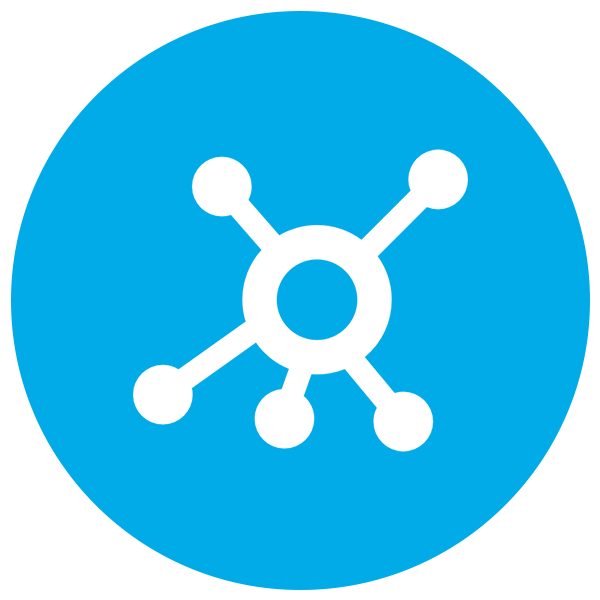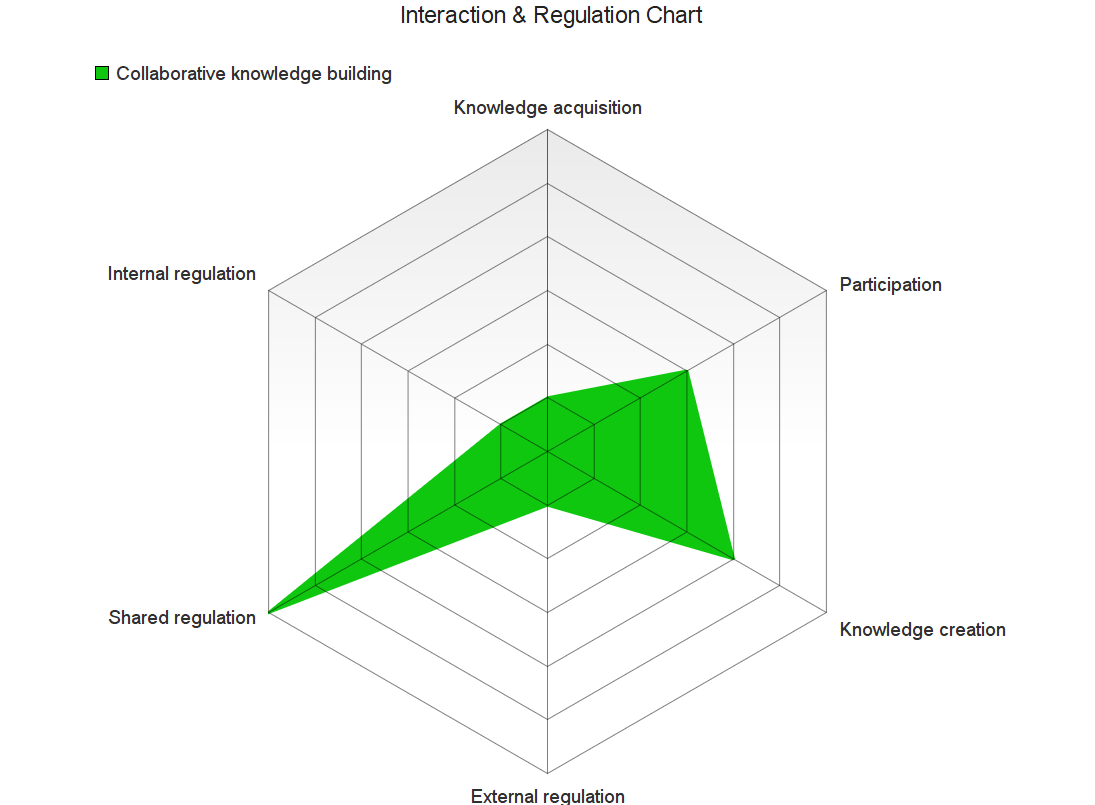-
Activity Name:
Collaborative knowledge building
-
21st Century Skills:
Collaboration, Communication
Interaction Modes:
Collaborative teamwork

Collaborative knowledge building
Why?
Collaborative knowledge building is used to get students to construct both their own and shared knowledge and to utilize different tools, medias and sources of content in the process. A crucial aim of this kind of working is also practicing team skills and facilitating active teamwork. This can be either during school hours or as collaborative “homework”.
How?
The students are instructed to open Flinga and to create a new session (also to inform the access code to their teacher). Then they set up a central concept, after which they search, curate and create information, pictures and other material related to their central concept (this can take from hours to weeks). After this they organize the recent content around the central concept so that an explicit and reasonable ensemble is created. After this the students report to the teacher that they are ready.
The teacher then enters the students’ session with the access code given by the students (the teacher can supervise and support the teamwork also during the previous processes) and presents progressive feedback on the Flinga -wall.
Pro Tips!
This can go hand-in-hand with individual work.
During the learning process it would be wise to use different colors to help with the identification of different participants. For example, the color black would be used only by the teacher. So the students could easily spot the crucial feedback given by their instructor.
Because the integration of Flinga influences the group’s working dynamics by pushing it more towards spontaneous interaction and participation, it could be wise that the group would determine beforehand some practices to frame the intense collaboration, for example they should have a chairman to keep order and equality during the process and a secretary to keep track of time and to measure the group’s advancement.
